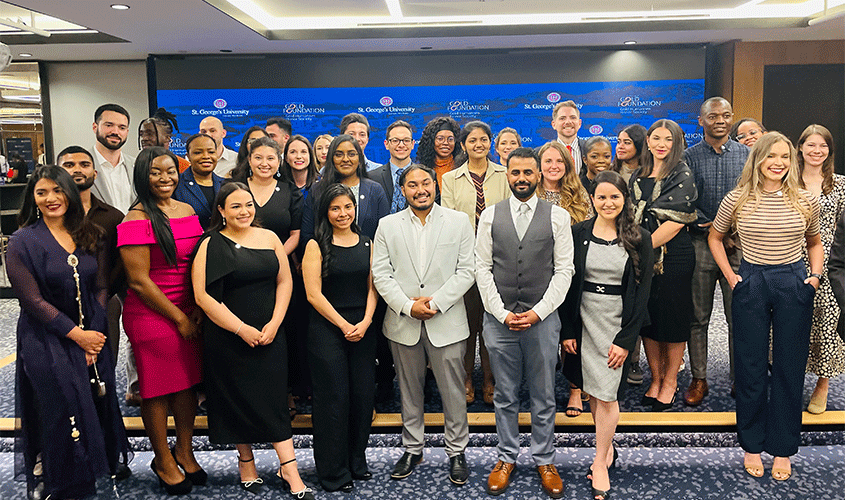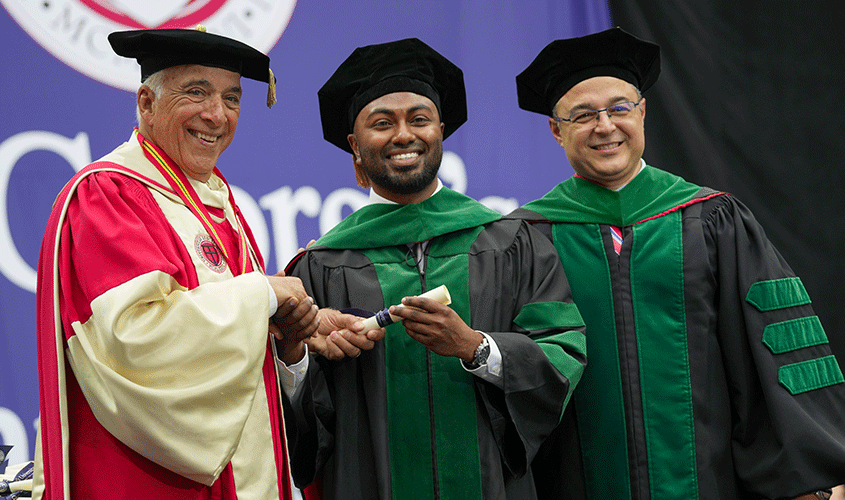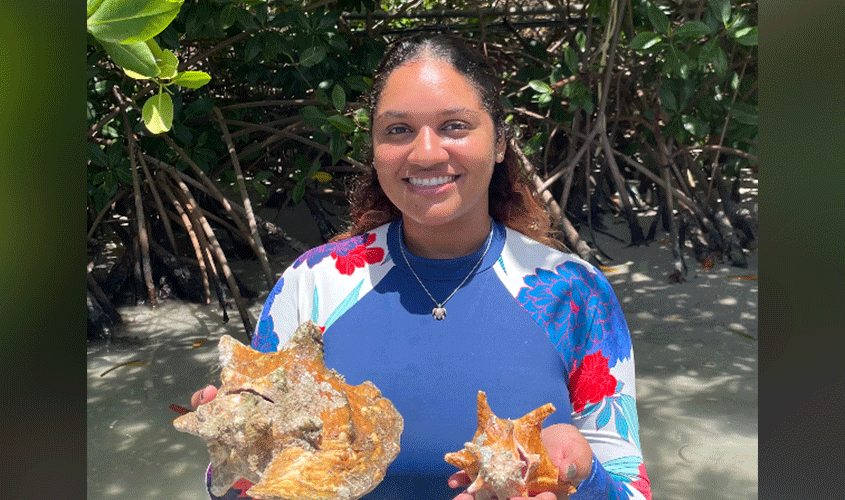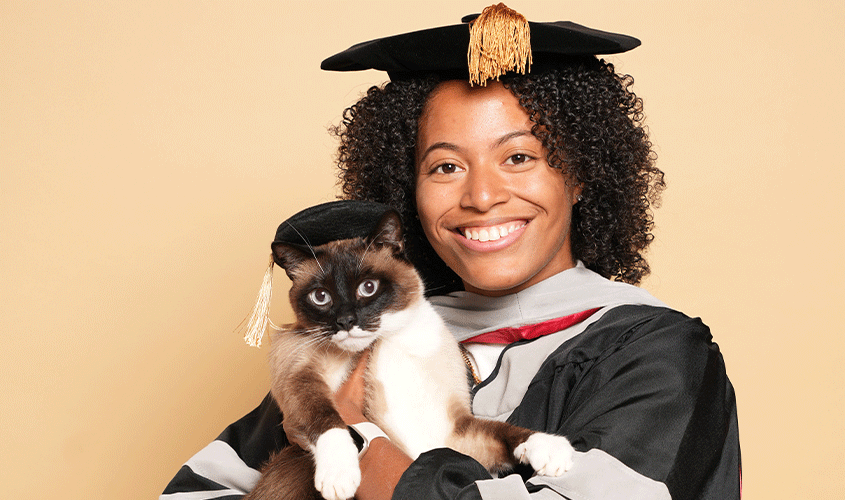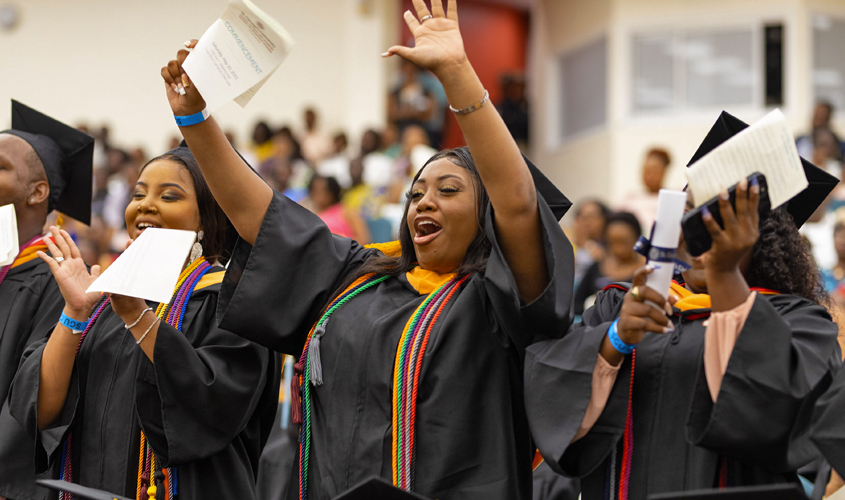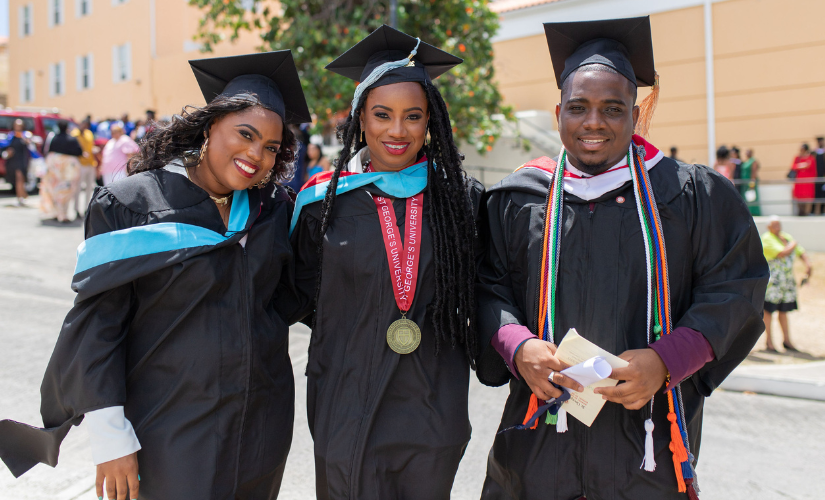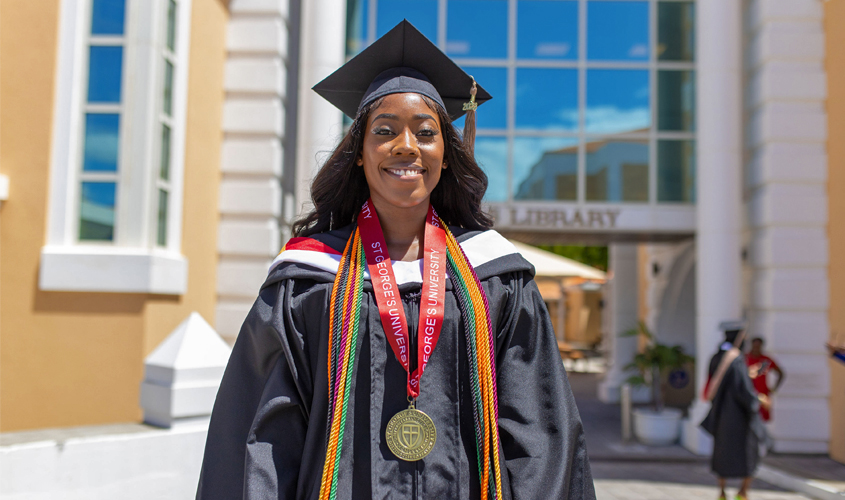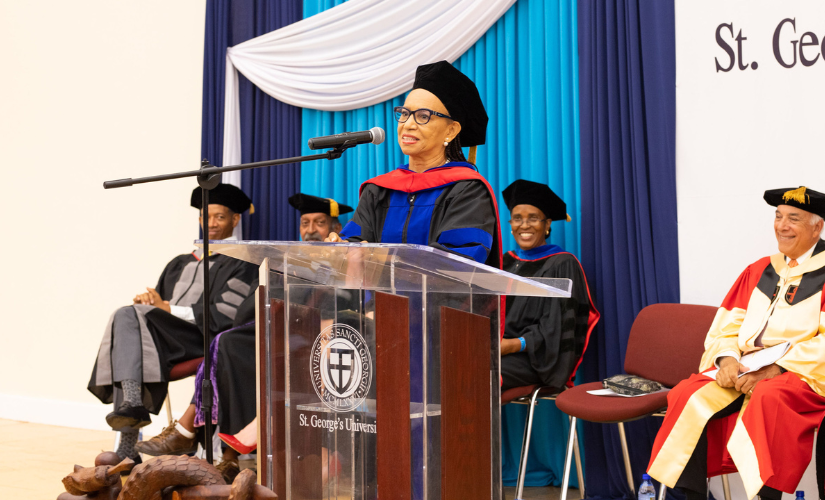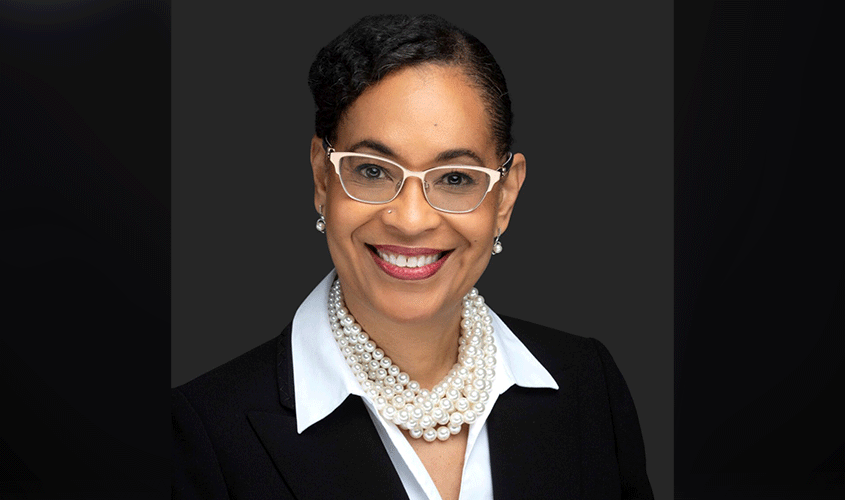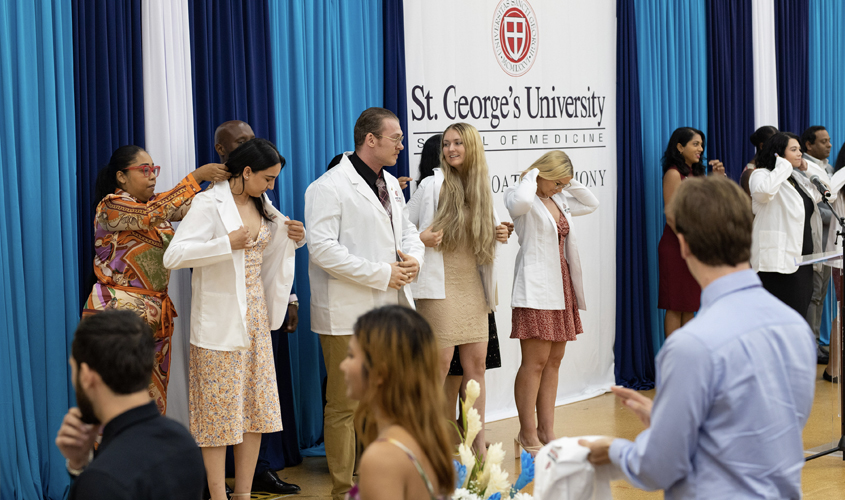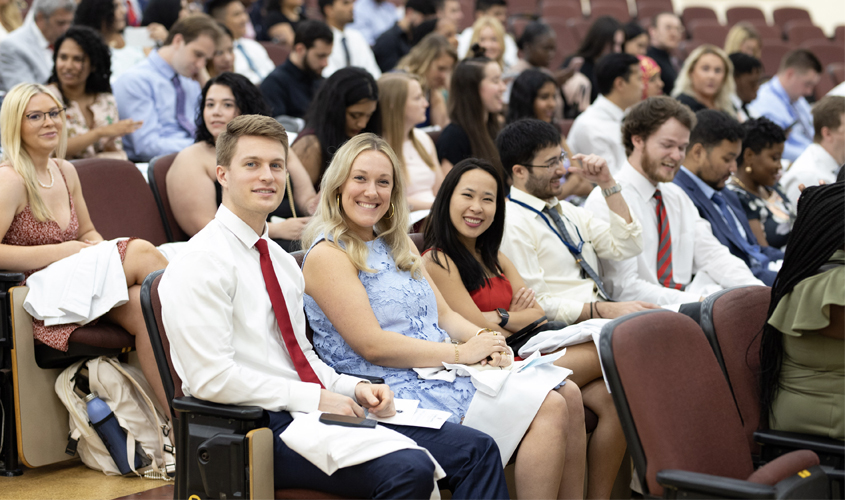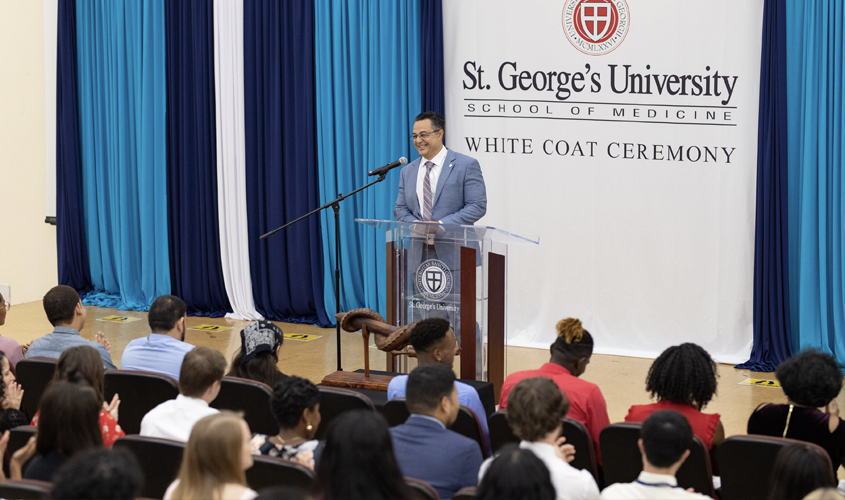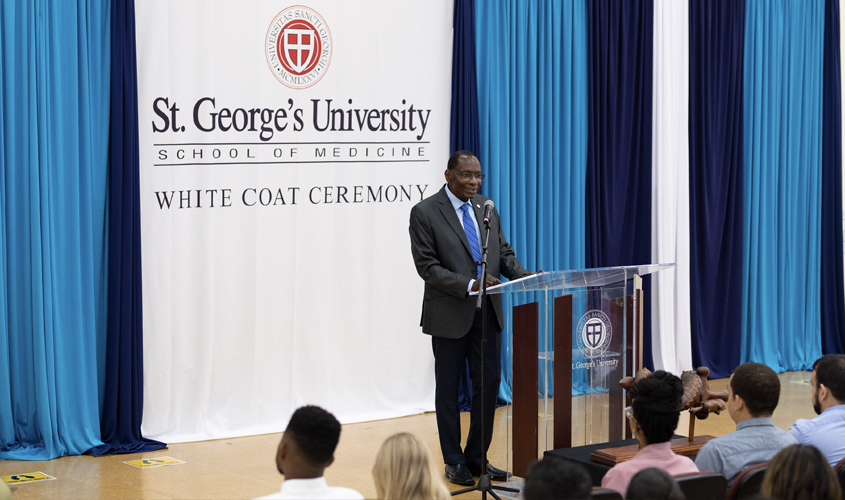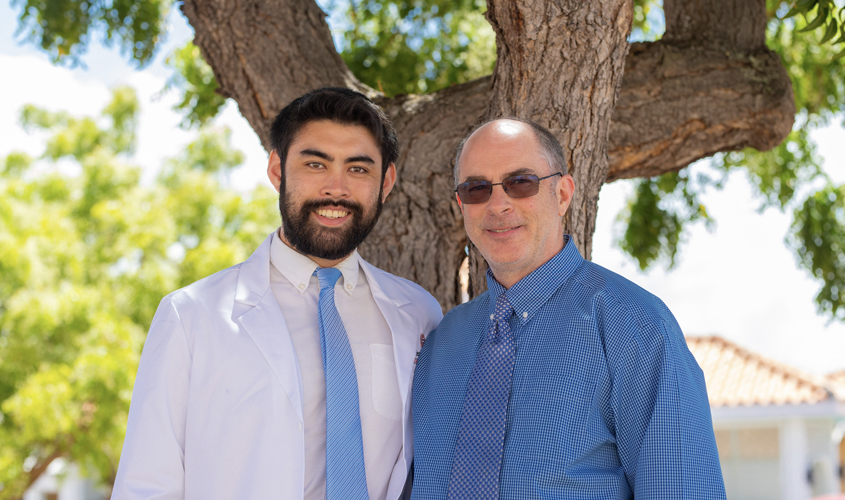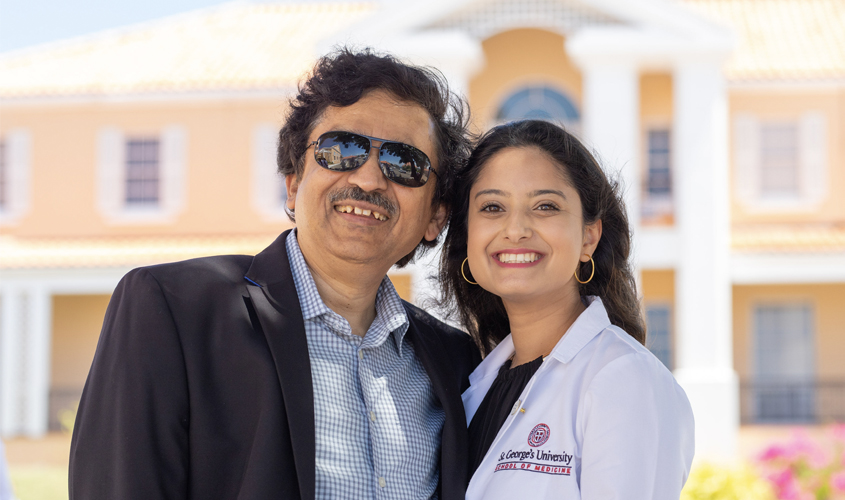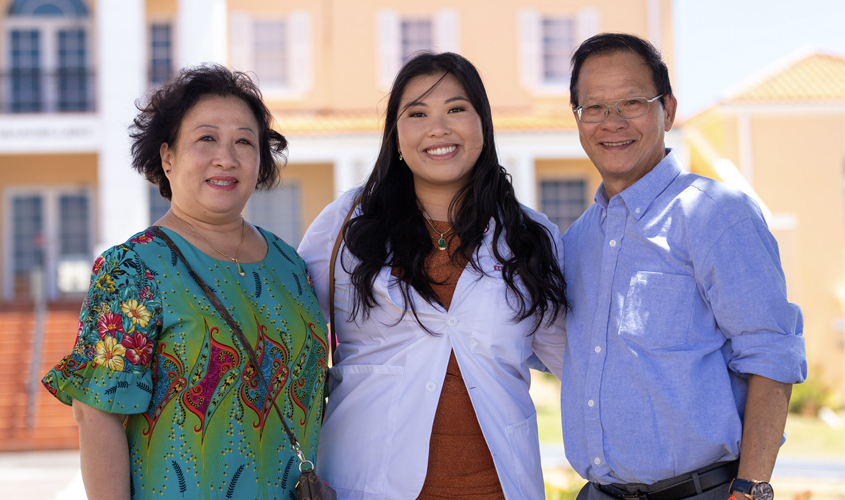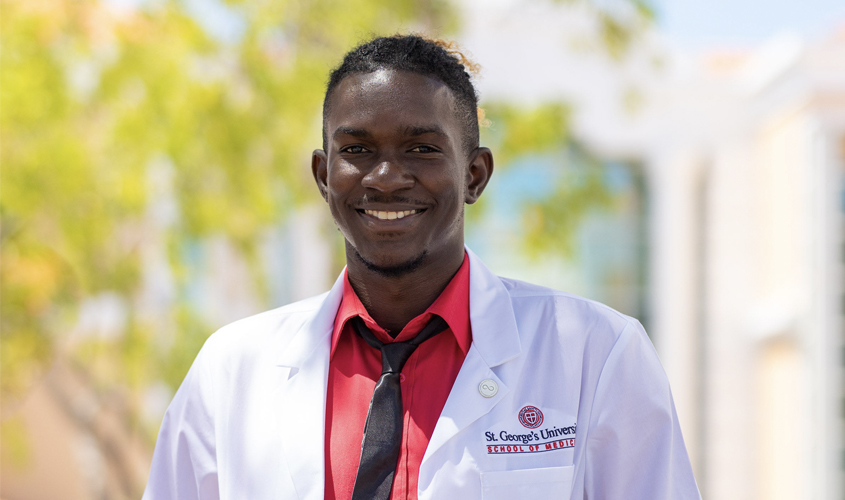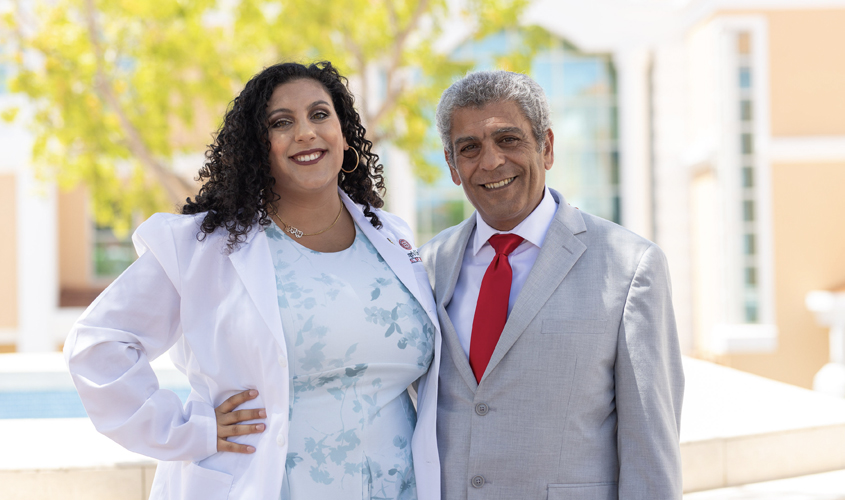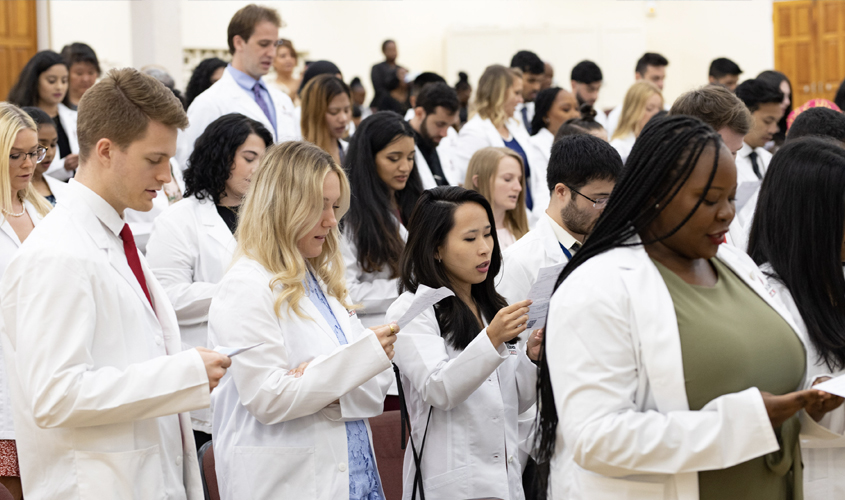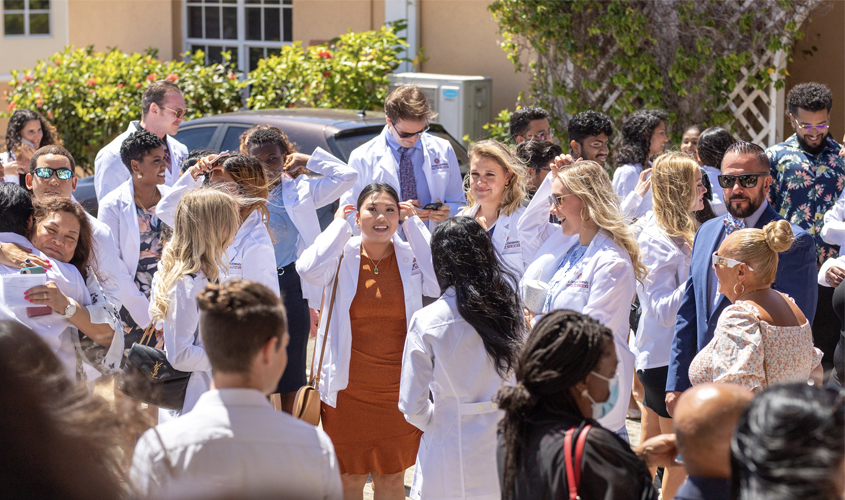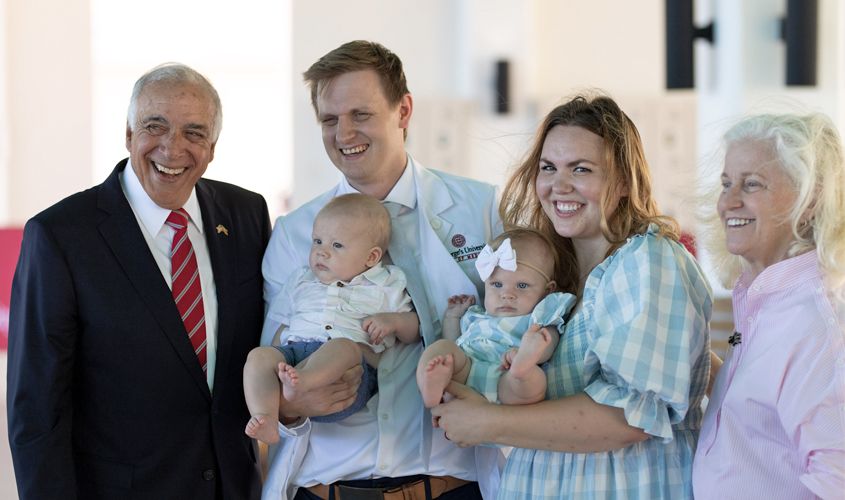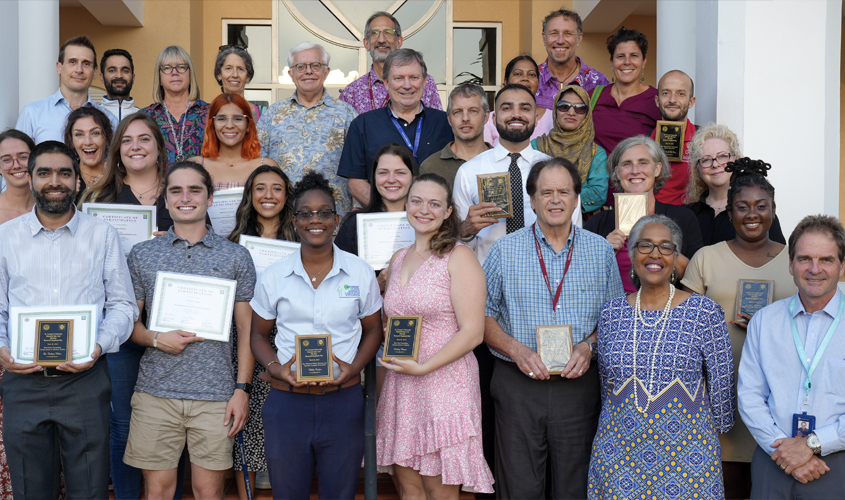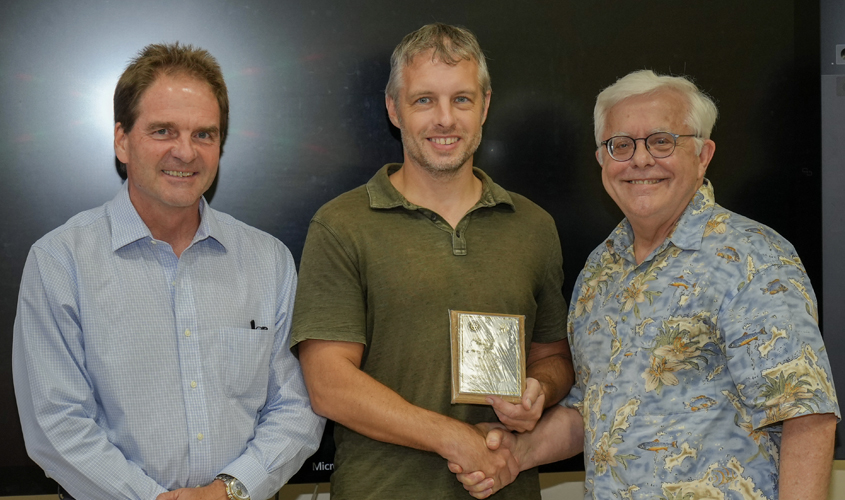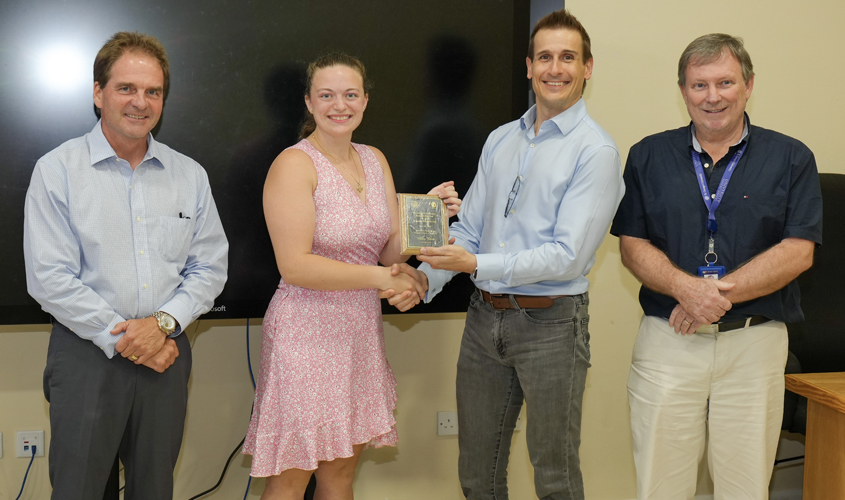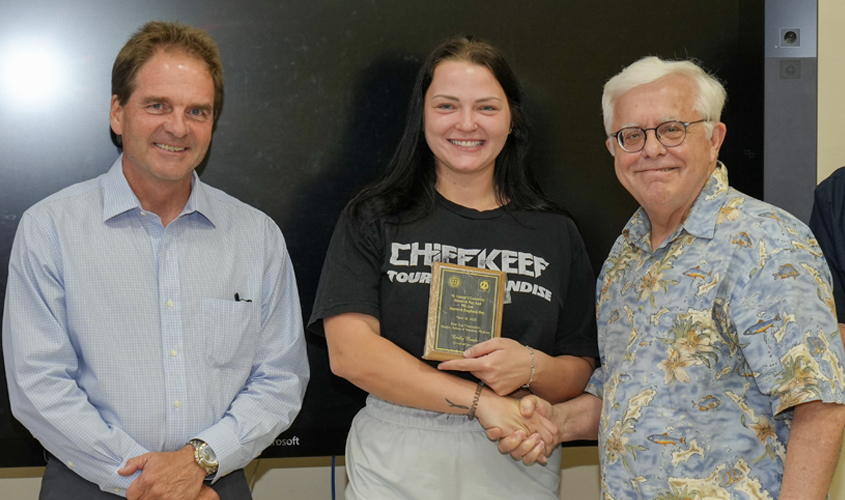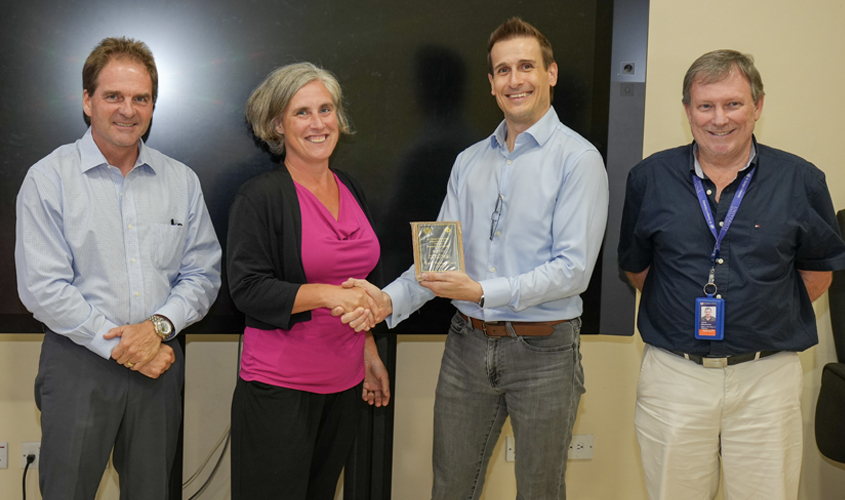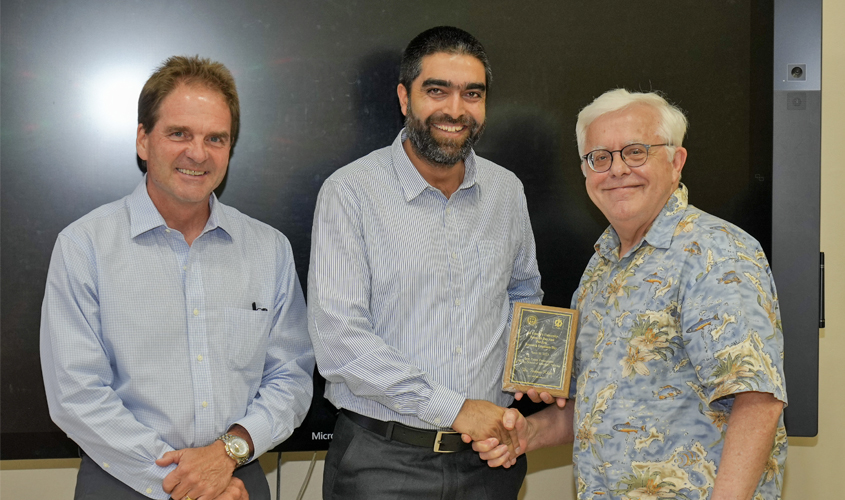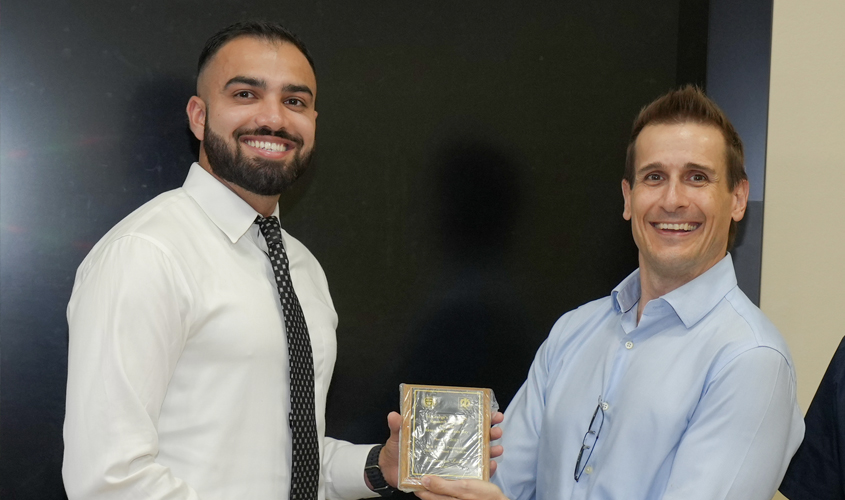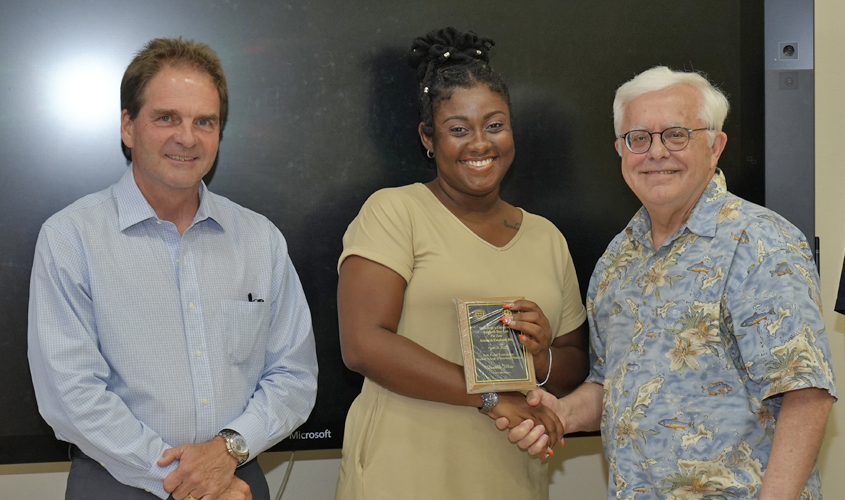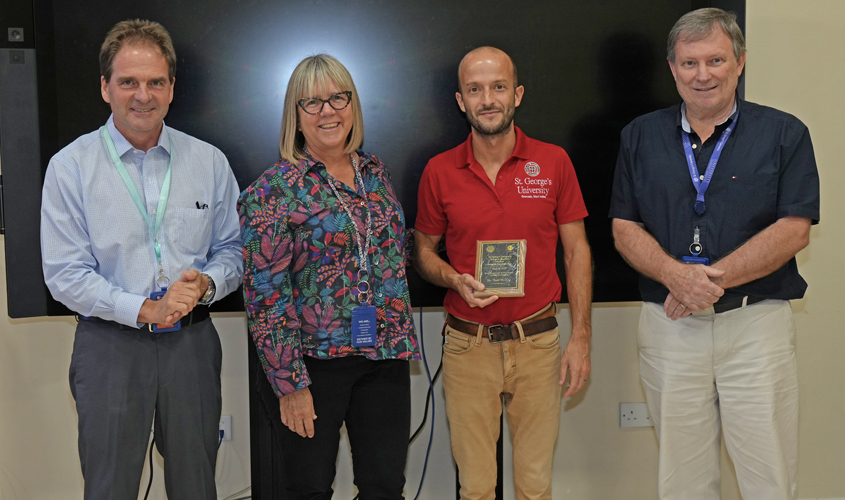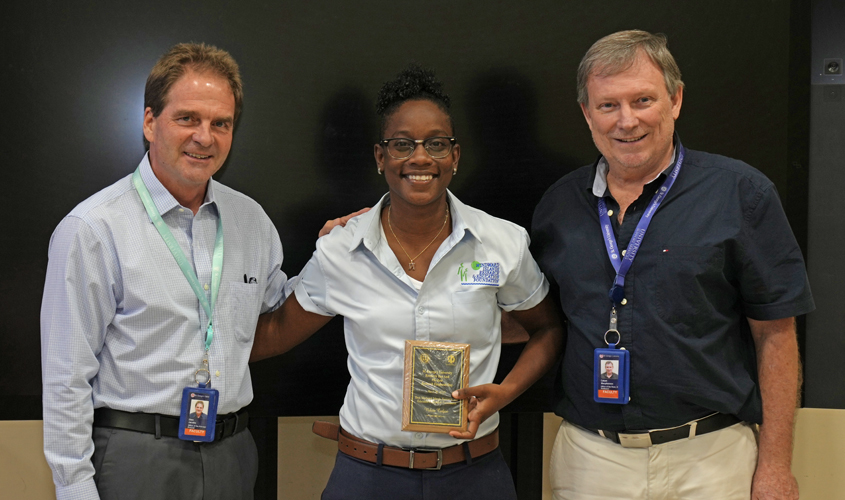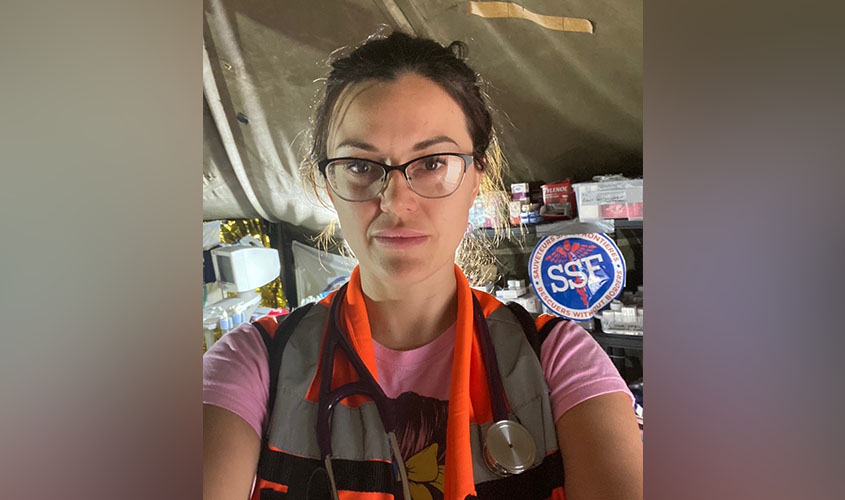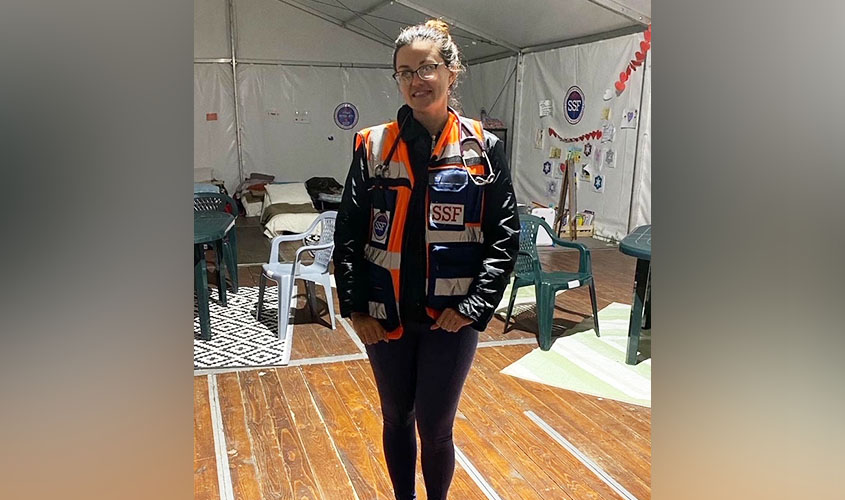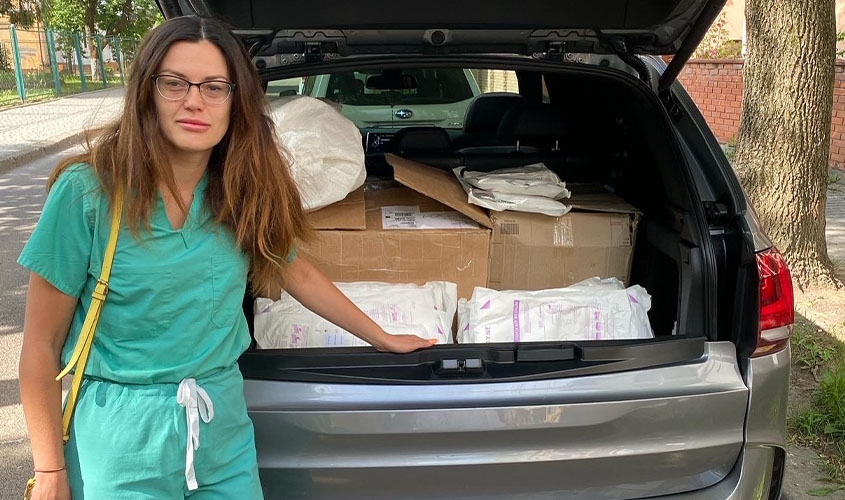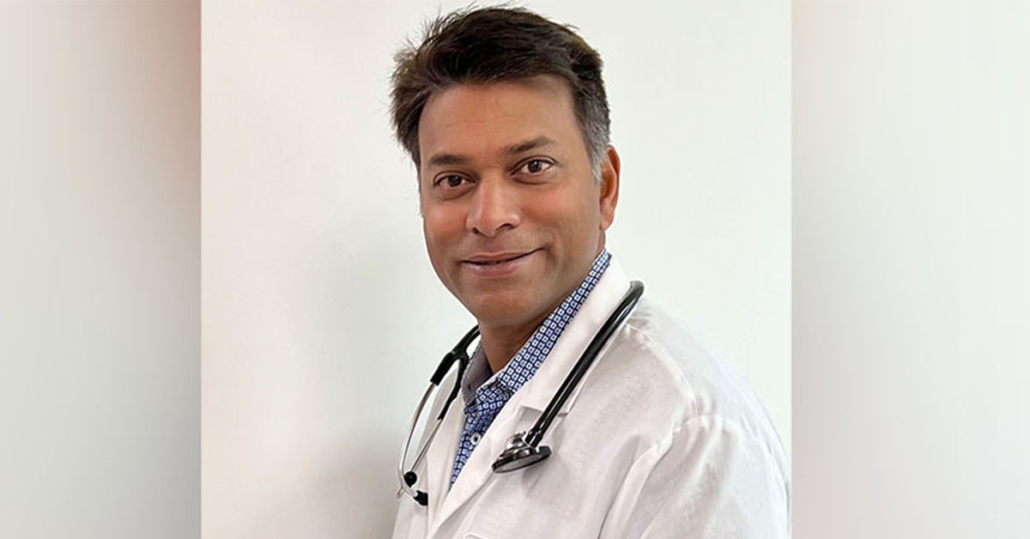
Dr. Sharad Dass, a critical care pulmonologist and the director of medical education at O’Connor Hospital, shares the crucial lessons that medical students should take away from their clinical rotations.
What should medical students expect to learn during their clinical rotations? Dr. Sharad Dass, a critical care pulmonologist and the director of medical education at O’Connor Hospital, has a few ideas.
The most important part of their learnings: learning to communicate and listening to the patient.
“It’s imperative that students learn to listen to the patient, understand where they’re coming from, and also use other resources [to get answers] because patients may not be able to express themselves clearly or understand what’s happening within their body in terms of their symptoms,” Dr. Dass said. “Students should also learn to communicate with patients in a language that is more familiar and understandable to the patients. We often use large medical terms and describe our medical thought process, which is often not easily understood.”
Another crucial part of their time in clinical rotations is learning how to conduct themselves in a professional and respectful manner with the patients and other staff members in the hospital, Dr. Dass emphasized,
O’Connor Hospital, located in San Jose, CA, is a 358-bed acute care facility owned by the County of Santa Clara. According to its website, it offers a full range of inpatient and outpatient medical, surgical, and specialty programs to the more than 1 million residents of San Jose.
Dr. Dass moved into the hospital’s DME position in mid-2021 after previously being an internal medicine clerkship director there. He was instrumental in helping the hospital expand its medical education program for students.
Read more about Dr. Dass’ advice for clinical students:
SGU: What are the key lessons students should expect to learn during the clinical portion of their training?
Dr. Dass: As instructors, our goal is to bridge the gap for students between book knowledge and applying the knowledge in a practical sense to patients in a hospital setting. Every patient is different, and each may have a different way of explaining themselves that may not come across how students learned it in a book. We try to help students develop their approach to patients which will hopefully allow them to hone in on the diagnosis.
To reiterate, students have to listen and communicate with their patient. It takes practice.
SGU: What clinical rotations can students participate in at O’Connor?
Dr. Dass: The hospital offers internal medicine, family medicine, surgery, and OB/GYN core rotations as well as specific electives within these fields. For example, pulmonary & critical care, GI, emergency medicine, dermatology, and different surgical subspecialties such as vascular surgery and cardiothoracic surgery.
SGU: What residency programs are offered through the hospital?
Dr. Dass: The hospital has a family medicine residency program—that is combined program with Stanford University. They also have a sports medicine fellowship.
SGU: How is the hospital unique?
Dr. Dass: One of the things that I like about this hospital is that the doctors and preceptors are private practitioners. Many students finishing up their residency often go to big group practices. They don’t start up their own private practice because they have no idea how to, and they don’t know what it’s about. Being in our program, they may be able to appreciate the benefits of being their own private practitioner.
Additionally, despite being owned by the county, we’re a community-based hospital. So, it still has that small-town feeling where everybody knows everybody.
SGU: You are a trained critical care pulmonologist, what do you love about the specialty?
Dr. Dass: I’ve found that understanding pulmonary and critical care medicine made sense to me, working with the ventilators and in the intensive care units with patients with vascular issues—to me, I just enjoyed learning this field and found it challenging. I liked the physics and mechanics of the field. That’s a large part of understanding pulmonary function testing. I actually have my bachelor’s degree in mechanical engineering from the University of California, Irvine.
In critical care, you kind of have to be the jack of all trades. You have to understand what can cause a critical situation. It could be different parts of the body, not just the lungs. It could be the heart. It could be the endocrine system. It could be the GI system. It could be anything or remain unknown. So, you have to be able to care for patients that may have developed a critical/life-threatening illness from any organ system in the body. It can be stressful, but I like the level of energy in the intensive care.
SGU: What made you venture into academic medicine?
Dr. Dass: I’ve always been involved in teaching. Teaching helps me grow my own knowledge base and learn new concepts. I like the collegiality of being able to bounce ideas off of each other, ask questions, and so forth. I wanted to bring that back to our hospital with students.
One of my favorite meetings is where I speak with a student committee. The monthly meeting allows me and other administrators to go over any student concerns or suggestions on how to improve on the program. I appreciate the students’ involvement to improve their learning experience.
SGU: What do you think is the most important thing for physicians to remember when public health issues, such as COVID, arise?
Dr. Dass: My first piece of advice is don’t jump on any bandwagons. As physicians our first goal is to do no harm—and if one doesn’t fully understand an unproven treatment and begins to implement such then that can potentially be going against what we should be doing.
SGU: Any last words of advice for clinical students?
Dr. Dass: Concentrate on doing well on your shelf exams and the USMLE. That plays a big role in your ability to get into a residency, especially for those who know they have difficulty with test performance. Seek help because SGU offers lots of assistance for those students who need it for test-taking or clinical skill development. Getting good letters of recommendation is very important as well. Most importantly, enjoy what you are doing and you will do better.
-Laurie Chartorynsky
Related Reading
